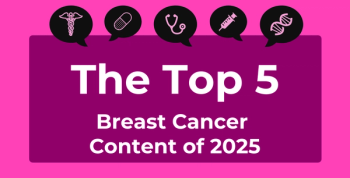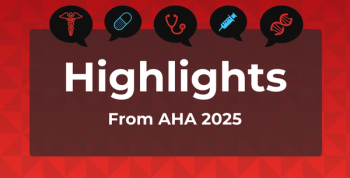
Report Finds Hospitals Costlier for Cancer Care Than Community Practices
Not only do patients with cancer incur higher costs when treated in the hospital outpatient setting compared with community oncology practices, they also have higher rates of emergency department visits, according to a recent study.
Not only do patients with cancer incur higher costs when treated in the hospital outpatient setting compared with community oncology practices, they also have higher rates of emergency department (ED) visits, according to a recent study.
The report, conducted by Xcenda and
The community practice cohort consisted of 4450 patients, while the hospital clinic group contained 2225. They were matched based on characteristics like gender, age, geographic region, cancer type, and other clinical factors.
Patients who were treated in a community practice had significantly lower costs per month compared with those treated in a hospital practice ($12,548 vs $20,060; P <.0001). For an entire year, the cost of care in the hospital setting was 60% higher, or $90,144 more, than the same care delivered in the community setting.
This disparity was mainly driven by a large difference in medical costs, notably chemotherapy, which cost $4933 monthly in the community setting versus $8443 in the hospital practice (P <.0001). The price of chemotherapy was lower regardless of whether the region was branded, generic, or a combination. Additionally, the cost of physician visits was over 4 times higher in the hospital setting compared with the community ($3316 vs $765; P <.0001).
Besides incurring lower costs, community-treated patients also required fewer emergency visits than those treated in the hospital outpatient setting. Within 72 hours of receiving chemotherapy, 2.6% of the community patients and 3.6% of the hospital patients had an ED visit (P <.0055). Within 10 days of chemotherapy, 7.9% of the community patients had an emergency visit, compared with 9.8% of the hospital cohort (P <.0022).
These findings are similar to those of other studies, including a literature review that observed that the average cost of cancer care was 38% higher in hospital-based practices compared with community clinics. Considering this cost differential, the current study raised concerns about the rates of community practices being absorbed into hospitals or health systems, which it stated may be related to the federal
“More than a decade of data have consistently shown that hospitals are a tremendous driver of excessive spending on cancer care,” said Ted Okon, executive director of COA,
Newsletter
Stay ahead of policy, cost, and value—subscribe to AJMC for expert insights at the intersection of clinical care and health economics.









































